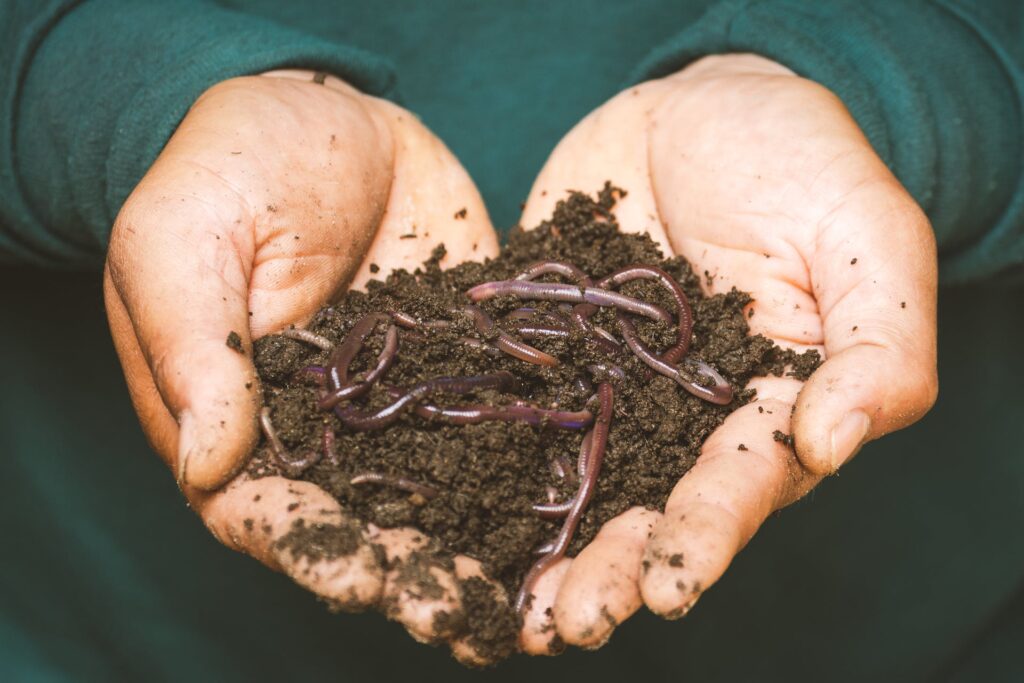A big field in space saving, is how we deal with our waste. We always had trouble fitting our rubbish in the general waste bin. About 15 months ago, we bought a hungry bin worm composter. The following is a quick review of the bin, and how its changed the way we deal with food waste.
Food waste
We sometimes self guilt trip ourselves on food waste. When we throw a wilted lettuce in a general waste bin, it produces methane rather than carbon dioxide, being 28 times more powerful as a greenhouse gas. However, we also have to consider that 60% of food waste occurs at the form and in transit, before it lands in consumers.
Up to 40% of an average general waste bin can be composted
Why I was hesitant to worm farm
I’ve always been hesitant to house thousands of worms in and around the home. I was concerned that they would escape and fill every opening of the home. I didn’t like the idea of touching anything squirmy. I didn’t like to handle any trays for optimal processing of the food. I was also concerned about the smell of the food biodegrading. I also wasn’t very handy around the garden, and didn’t know how to deal with the outputting fertilizer.
How it works
The bin is shaped as a square in plan, and tapers in elevation, smaller on the lowside. This naturally compacts the bedding the worms are in and produces the worm casting, and squeezes out the worm juice. The top side is the wider section, and houses your latest scraps. The worms go to the surface and down below constantly, depending on the weather. The food gets broken down by the worms, producing fertilizer.
Ordering
The hungry bin was very easy to order online. There are multiple sites to order from. Some are affiliated with your council. You can also click on this link to order one
Opening / unboxing
The hungry bin delivers flat packed. Its fairly straightforward to put together. There is nothing that is too strenuous about it.
Starter conditions
I started out with 2k starter worms from the local hardware store. I laid the bottom of the bin with peat moss, and mixed in the worms so they could get used to their surroundings. After 3 days, I put in the first load of food scraps, starting with small quantities. Over about 3 weeks, we gradually increased the quantity of food scraps, until 2 kg per day.
What can go in
- Vegetables
- Fruit
- shredded paper
- dried leaves
What can’t
- Anything too wet
- Garlic
- Chilli
- Meat scraps
- Citris
How long does it take
It takes around a week to fully process the food. For some items such as watermelon skin, it takes much faster.
Ongoing maintenance
- Every week I would add a compost additive to balance out it the acidity
- Every month would add a pile of shredded paper to balance out the wetness of the food scraps
- Every 2 months, would see other insects growing such as soldier fly larvae. They all add to the ecosystem, but if you wish you can discard the larvae before they fill your yard with flies.
- Other than that, the hungry bin functions very well
- The bin needs to stay in the shade in summer, and in the sun for winter
Outputs
There are two outputs from the hungry bin. The lower tray catches the worm tea / juice. This can be watered down and mixed into your gardens as fertilizer. After about 9 months, the tray beneath the compacted bedding can be removed. The worm castings will be at the bottom of the tray. This is rich fertilizer for the garden.
Benefits / How it compares
The hungry bin is a continuous flow through worm composter. This means that it doesn’t have trays to touch and sway. Its a lot less messier to deal with than the others. Even though I was a first time user, I find that it successfully processes the food waste without fail for the past 15 months.
Unexpected surprise
We found that the bin didn’t smell at all. It actually smells like sweet fruit
Things to watch out for
The worms should not be overfed. They eat faster in summer than winter. If they are given too much food, the food will smell, and the process will slow down
What could be better
The latch to hold the worm castings is hard to put back in place. The tray is always held partially adjar.
Overall
The big is the best on the market. Its the easiest to use, and the most fail proof in reducing food waste, and working towards your own food security with your own fertilizer.

